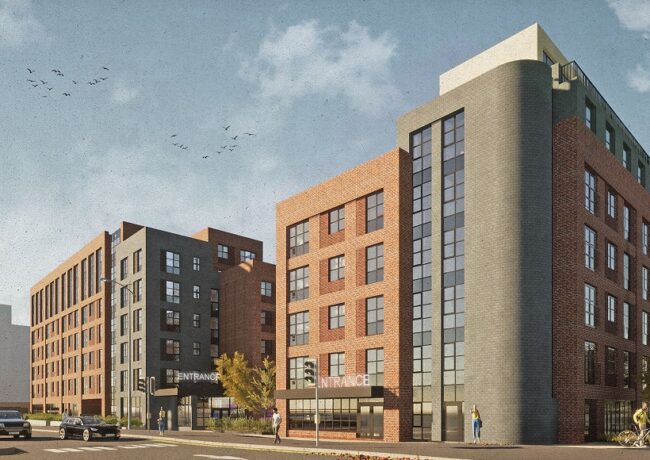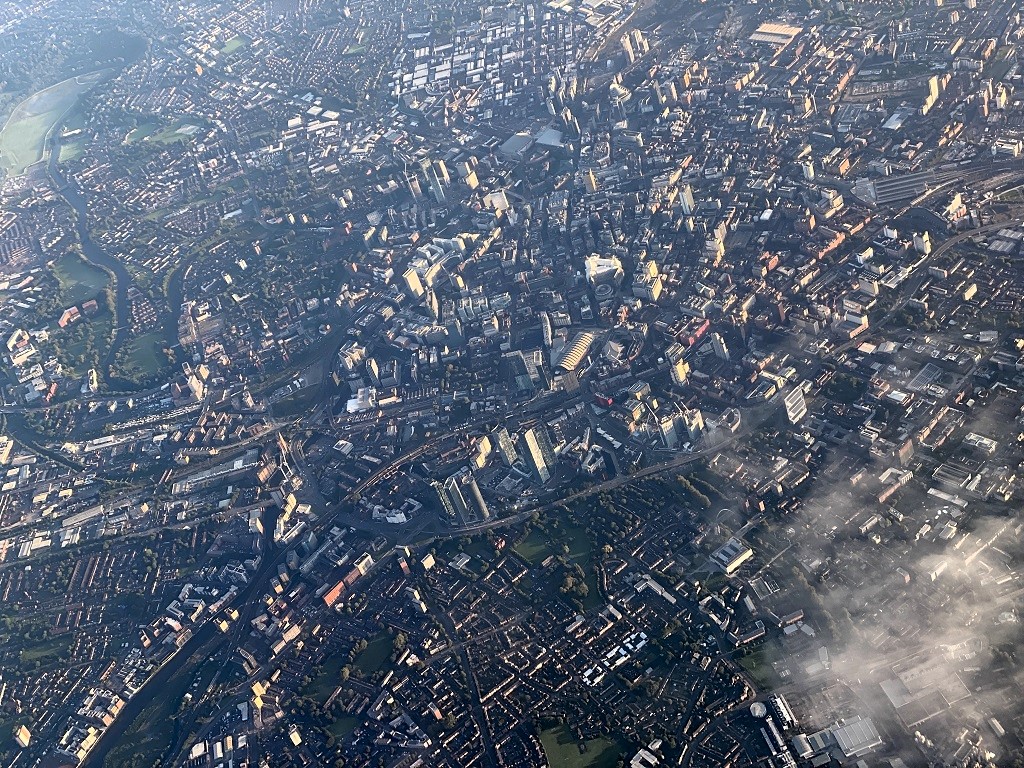Place10: Running from Central America to Northern Rock
It was my first big bank run since Nicaragua in 2000. As the FT’s Central America correspondent, I wrote about the lines of desperate customers – many small-scale coffee farmers – lining up outside the shuttered branches of Interbank after it ran out of money.
One of the world’s poorest countries, it was still recovering from civil war in the 1980s and market reforms had clearly gone badly wrong.
Interbank, the second biggest bank, had a third of its loan portfolio with two linked companies, coffee groups Consagro and Agresami. Many were made off the books.
The government was forced to rush in a law guaranteeing deposits up to $1,530, with thousands of people losing money.
By the end of the year three of the country’s 12 banks had failed and the price tag had hit $100m, 2.5% of GDP.
The crisis spread to Guatemala and Honduras. The problems were similar: risky loans to customers who were cosy with bank directors, not enough reserves and a rosy view that the economy could only grow. Sound familiar?
International institutions such as the IMF and World Bank, largely responsible for the mass privatisations that created such fragile banks run by unqualified people, castigated governments for poor regulation. Such things would not happen in the advanced economies that wrote their prescriptions for everyone else.
Seven years later I was preparing to return from a stint in Brussels to the UK to become Northern correspondent. Preparation included a week in London on the FT’s company news desk. One Friday morning we heard reports of queues at branches of Northern Rock and I was dispatched to a City branch to find out what was going on.
The clothes were smarter, the customers older, but otherwise the same scenes I saw in Managua were playing out. For the first time in 150 years it had happened here.
The government quickly stepped in to guarantee deposits. It merely delayed the pain. By the time I started in Manchester in July 2008 the bank crisis was sweeping through high streets, housing estates, building sites, office parks and factories.
Projects lay abandoned half built. Lumiere, the skyscraper in Leeds that was to top the Beetham Tower in Manchester, was a hole in the ground.
House prices slumped and developers desperately filled big city apartment blocks with tenants: no one was buying.
I remember pushing on buzzers of a block near Whitworth Street that had seen the biggest collapse in prices during the slump – almost 50%. Unsurprisingly, no one wanted to talk.
They are happier now. Manchester and other Northern cities have some of the fastest rising prices in the country. The cranes are back. Fred and Peter Done kickstarted a speculative building boom with 2 St Peter’s Square in Manchester in 2013. Investors priced out of London are heading North.
But many housing projects still require public sector support, including Help to Buy.
And I still have to remind colleagues in London that prices in many towns only recently climbed back to 2008 levels. A small rise in interest rates would leave many struggling all over again.
- Andy Bounds is the FT’s North of England correspondent and enterprise editor.




